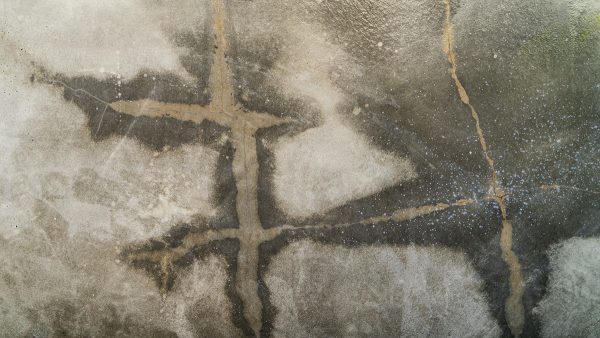How do I find a water leak under concrete?

Wouldn’t it be nice if you could peek under your concrete to detect leaks? That is somewhat possible with infrared thermography, but the initial stages of leak detection are often less technical. The tips below explain how to find a water leak under concrete.
Look for noticeable wet spots on the floor
Seeing or feeling water on the floor is a common way to detect leaks. If you have a slab leak in a hot water line, you may also notice a hot zone on the floor. Basements and below-grade levels of a building are most susceptible to these issues, but you may see water leaks in upper levels as well.
Note that if you have pooling water in an outdoor structure, such as a parking garage, it may be the result of faulty drainage. The issue isn’t a leak, but rather an insufficient path for rainwater to flow. Improving the drainage should eliminate the problem.
Listen for moving water underneath the concrete
If you hear water running when it shouldn’t be, there may be a leaky pipe below the concrete. Small leaks aren’t always easy to hear Make sure the noise is not coming from gutters or an open faucet nearby, then consider getting a leak inspection.
Monitor your water bill for an unexplained increase
An unexpectedly high water bill could indicate a leak below concrete. There may not be visual or auditory signs of the leak, but the water is still going somewhere. Professional leak detectors can assess the building and determine where the issue may be.
Get professional leak detection
With the help of infrared scanners, a leak detection team can look for leaks below concrete. The scanners peer into the concrete to map out hot and cold zones. If there is a break in the flow of energy, it’s likely a leak. The workers can narrow down the area and minimize the time/cost for repairs.
JK Industries offers infrared leak detection, as well as concrete repair and waterproofing services. Contact us to schedule a consultation.
